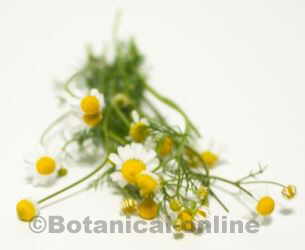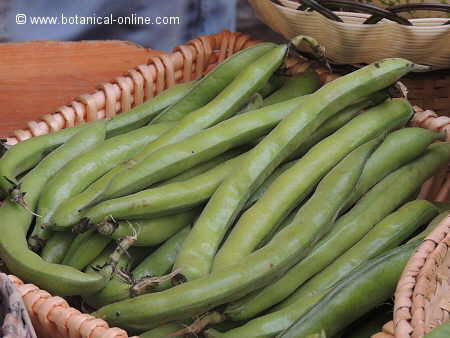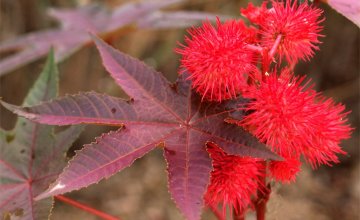Contents
- 1 Characteristics of roses (Rosa spp.)
- 1.1 What is a rose bush?
- 1.2 Rose bushes height
- 1.3 Do all rose bushes have thorns?
- 1.4 How are the leaves of the rose?
- 1.5 How are the flowers of the rose bushes?
- 1.6 What color are roses?
- 1.7 Where do rose bushes grow?
- 1.8 How many species of the genus Rosa are there?
- 1.9 Wild rose bushes grown in classic gardens
- 1.10 Antique garden rose bushes
- 1.11 How were modern garden rose bushes born?
- 1.12 Modern garden rose bushes
- 1.13 Uses of rose bushes
- 1.14 Rose bushes in gardening
- 1.15 Symbolic uses of roses. What do roses symbolize?
- 1.16 Classification of roses
Characteristics of roses (Rosa spp.)
What is a rose bush?
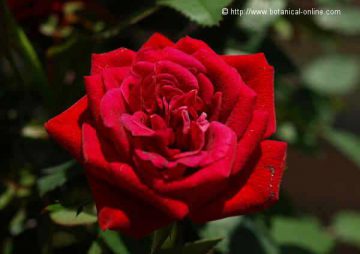
Rose bushes (Rosa spp.) are plants belonging to the botanical family Rosaceae (Rose family), especially appreciated for their showy and aromatic flowers. They are shrubs or bushes with straight, sarmentous or climbing stems of very different sizes. The latter take advantage of the thorns to hold on and be able to climb.
Most are deciduous plants. There are some species that are considered perennial because they keep some leaves in winter. However, even this type of rose bushes lose most of the leaves when the cold arrives.
Rose bushes height
The smallest bushes, such as the so-called mini roses, can reach about 50 or 60 cm. tall, while some climbers can reach very tall sizes.
The rosebush that reaches the largest size is the Rosa gigantea, which can reach up to 30 meters in height, if it is provided with a good support to hold on to. It grows in the wild by climbing on trees, in the Himalayan mountains that correspond to the northeast of India, Burma and Yunnan, in China.
Do all rose bushes have thorns?
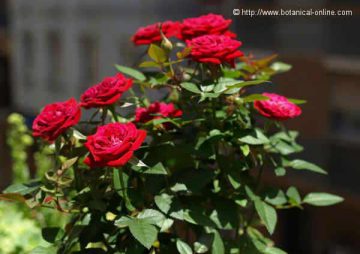
Rose stems are woody or semi-woody. On them appear the thorns that constitute an adaptation to defend themselves from herbivores. Cultivated species tend to show broader, arched, broad-based thorns ending in a fine point, while wild species have branches riddled with fine thorns.
How are the leaves of the rose?
Rose leaves are compound, odd-pinnate leaves with serrated leaflets. Their color varies from dark green to light green. They can be shiny or matte.
How are the flowers of the rose bushes?
The flowers of rose bushes, called roses, vary depending on the type of rose. Wild species and some of the older cultivated species have simple flowers with 5 sepals and 5 petals, while many of the older varieties and most of the modern ones contain up to a “double” or “semi-double” whorl of petals that are the result of the transformation of stamens into petals. This is the result of hybridization. Roses have numerous stamens and carpels.
What color are roses?
The colors of primitive roses are white or pink, while the cultivated varieties of flowers cover practically the entire range of existing colors, except black and natural blue.

Recently, genetically modified varieties have been produced that approach the color blue, but fail to produce a true blue and their color remains dark mauve or lilac. The reason why there are no blue roses is because rose bushes lack definidine, the pigment that gives the color blue, for example in violets.
The fruits of rose bushes are called rose hips in popular language. It is a type of fleshy fruit known botanically as cinorrodon. A cinorrodon is formed by a fleshy envelope or false fruit inside which contains numerous nuts (achenes). Rose hips or fruits of rose bushes are mostly reddish or bright orange (some are dark purple or blackish) and are particularly abundant in rose bushes with 5-petal flowers, whether wild or cultivated.
Where do rose bushes grow?
Most rose bushes are cultivated mainly in the northern hemisphere in temperate climates, although there are species or varieties adapted to practically all types of climates. There are rose bushes that can live above the Arctic Circle or in the mountains.
How many species of the genus Rosa are there?
There are approximately 150 species of rose bushes, although the number of hybrids and varieties is very high given that it is the most used plant in gardening and it is where the greatest efforts are made to obtain new specimens in gardening.
Wild rose bushes grown in classic gardens
Since when are rose bushes grown? It is believed that man began to cultivate this plant for more than 5000 years. It seems that rose bushes were a very important part of the great variety of plants in the famous gardens of Babylon. The Chinese and Greek rose gardens from the 4th century BC are also very famous.
For many centuries the cultivated species of rose bushes were species corresponding to wild plants, most of them with very outstanding characteristics as a result of an exhaustive selection.
Antique garden rose bushes
The true rose cultivation began in the seventeenth century in Europe, although the introduction of roses from China to this continent is very important in this change.
It is the 19th century when the production of new varieties of hybrid rose bushes reaches its peak in France and England. In the first country, the patronage of Empress Josephine, Napoleon’s first wife, stands out. She was very passionate about these flowers, which she passionately cultivated in the gardens of Malmaison.
How were modern garden rose bushes born?
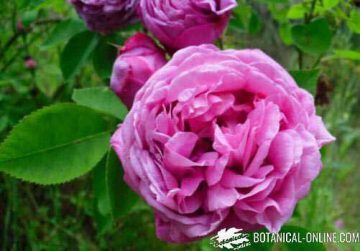
It was in these gardens that artificial cross pollination first began, carried out by its horticulturist André Dupont. About 200 varieties of rose bushes were created, with a technique that had never been used before. All previous hybrid varieties had originated in an accidental “natural” way.
Many gardeners imitated the Empress, so that the cultivation and production of hybrid roses in France in the 18th century and, especially, in the 19th century was a real boom. It is believed that in 1810 the first rose bushes were exhibited. One hundred years later, in 1910, there were 8000 varieties of rose bushes in Victorian France.
Thus, from the seventeenth century to the last quarter of the nineteenth century, the ancient garden rose was cultivated in many nations of Europe, producing an infinity of varieties that were exhibited in private and public gardens. Many books were published with great pictures and accurate botanical descriptions of many of them.
Modern garden rose bushes
The first modern rose bushes appeared in 1867 with the introduction of the “La France” variety, a hybrid of tea produced by Jean-Baptiste André Guillot in Lyon (France).
Uses of rose bushes
What are roses used for? Rose bushes are plants that produce flowers and fruits. They have been used for the following purposes:
Rose bushes in gardening
Rose bushes are grown mainly for their flowers, roses. Some primitive species also stand out for their bright orange or reddish fruits. When autumn arrives and these plants lose their leaves, these fruits, called rose hips, stand out on the bare branches, offering a touch of color to the garden.
In addition to their flowers, fruits or leaves, some rose bushes are used for the formation of hedges or as cover plants to protect the soil.
Symbolic uses of roses. What do roses symbolize?
Roses in flower symbolism mean love, psychic powers, luck, protection, healing. Depending on the color, roses have one or another meaning…
Classification of roses
There are many classifications of roses. The one that is most commonly used is the one that classifies them into: wild roses, old garden roses and modern garden roses.
- Wild roses: They are those that grow in the wild in the field, although many of them are also cultivated. Some hybrid forms derived from wild roses are also considered wild roses. The main wild roses are: Rosa moschata, Rosa rubiginosa, Rosa pimpinellifolia, Rosa foetida, Rosa banksiae, etc. They are a type of very resistant rose bushes, generally with a single annual flowering.
- Old garden roses: They are those before the first modern rose, La France of 1867
- Modern garden roses: They are the ones that appear after the year 1867
![]() More information on roses
More information on roses
21 June, 2025


